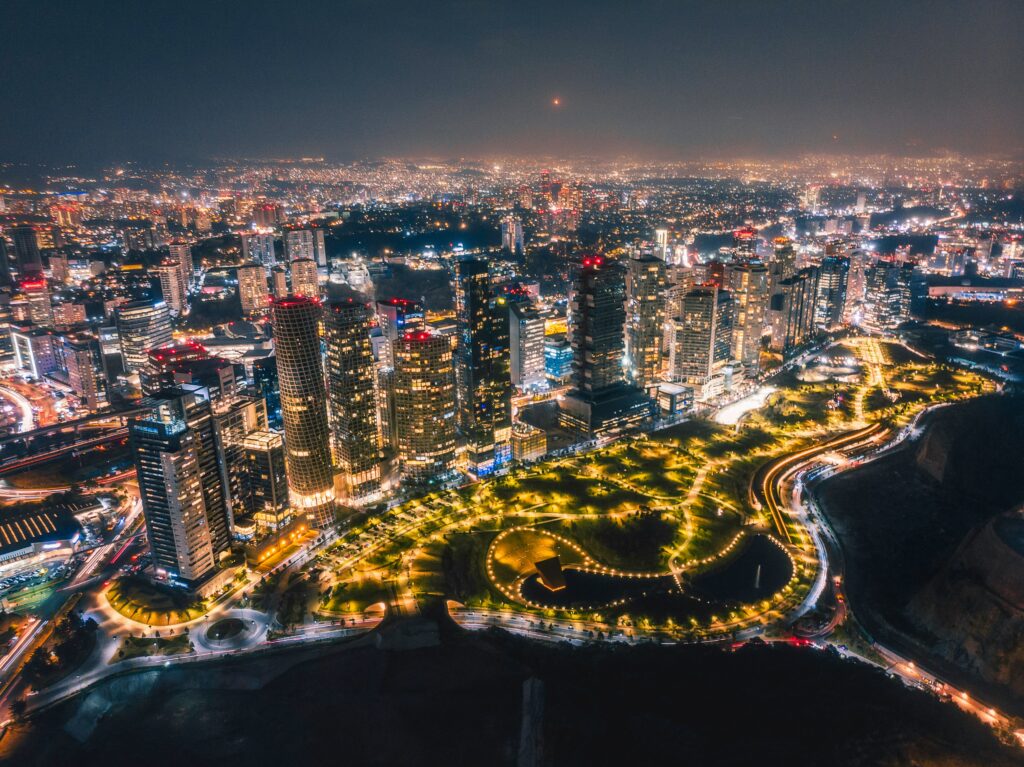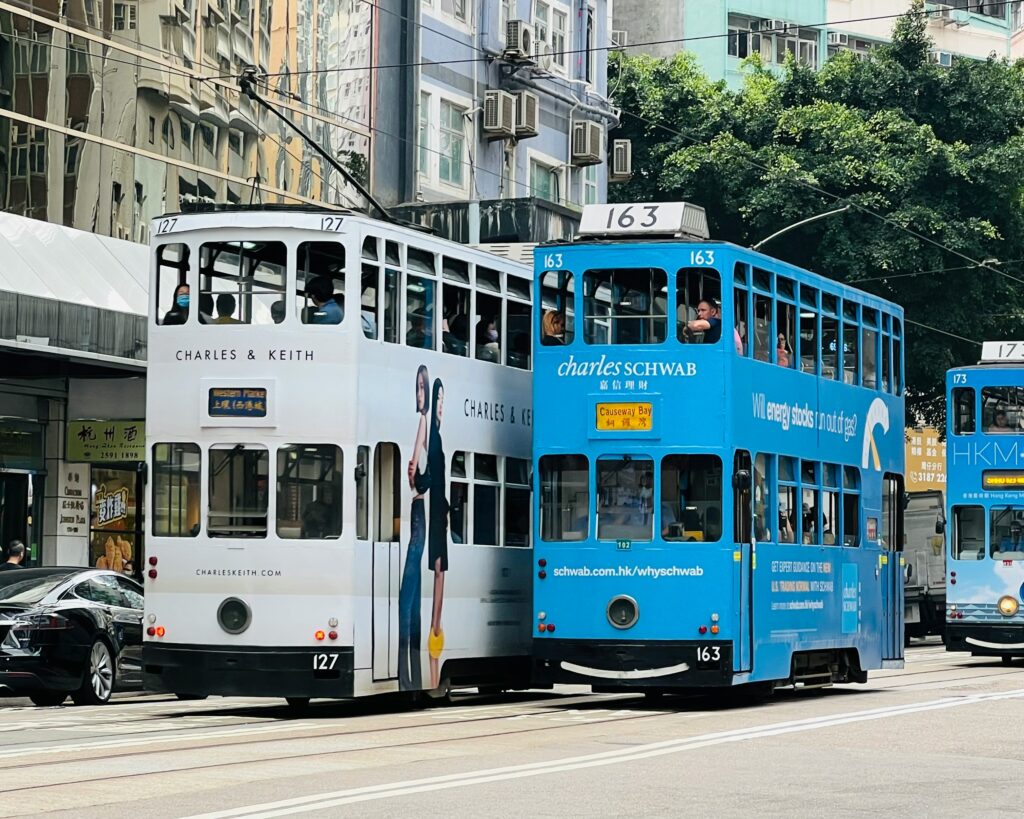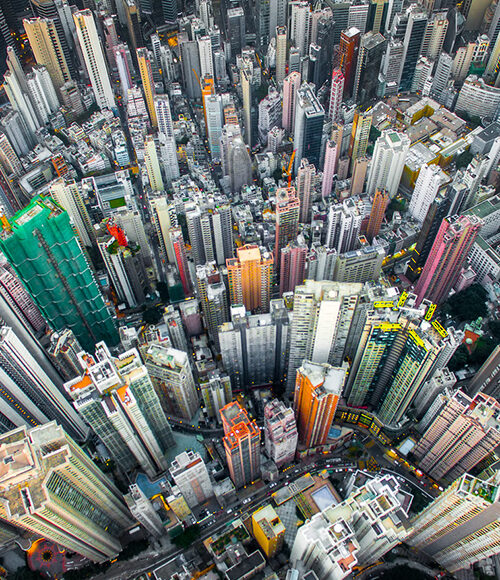Urban exploration offers a unique perspective on the world’s most vibrant cities, allowing travelers to uncover hidden gems and experience the local culture in a way that typical tourists often miss. Whether it’s the bustling streets of Tokyo, the historic alleys of Rome, or the colorful neighborhoods of Mexico City, each urban jungle has its own secrets waiting to be discovered. This guide aims to unlock those secrets, providing insider tips and tricks that will help you navigate the concrete maze and truly immerse yourself in the local lifestyle. From street food stalls to off-the-beaten-path attractions, this journey through the urban landscape will transform the way you view city travel.

***
Contents
- 1. Discovering Local Cuisine
- 2. Navigating Public Transportation
- 3. Exploring Neighborhoods Off the Beaten Path
- 4. Engaging with Local Art and Culture
- 5. Finding Unique Accommodations
- 6. Embracing Local Customs and Etiquette
- 7. Capturing Memories: Photography Tips
- Conclusion
- FAQs
***
1. Discovering Local Cuisine
Food is an essential part of any city’s culture, and exploring local cuisine can provide an authentic taste of the area. Instead of dining at tourist traps, seek out local eateries, food markets, and street vendors. For instance, in Bangkok, the street food scene is legendary. A bowl of Pad Thai from a street vendor can cost as little as $1.50, while a meal at a sit-down restaurant may set you back $10 or more. Don’t hesitate to ask locals for their favorite spots; they often know the best places that aren’t listed in guidebooks.
In cities like Barcelona, visiting the Mercat de Sant Josep de la Boqueria allows you to sample a variety of local delicacies. From fresh seafood to cured meats, the market is a feast for the senses. Allocate around $20 to $30 for a meal here, and make sure to try the jamón ibérico!
***
2. Navigating Public Transportation
Understanding a city’s public transportation system can save both time and money. Many cities offer day passes that allow unlimited travel on buses, trams, and subways. For example, a 24-hour pass in Paris costs around €7.50, providing access to the entire metro system. In New York City, a MetroCard can be purchased for $33, allowing unlimited subway rides for a week.
When navigating public transport, consider downloading local transit apps that provide real-time updates and route planning. These apps can be invaluable, especially in cities where language barriers exist. For instance, the Citymapper app is popular in many urban areas and can guide you through the complexities of public transport.

***
3. Exploring Neighborhoods Off the Beaten Path
While iconic landmarks are a must-see, exploring lesser-known neighborhoods can reveal the true essence of a city. For example, in Lisbon, the Alfama district is famous for its narrow streets and traditional Fado music. It’s a great place to wander, with local shops and cafes that offer a glimpse into everyday life. A walking tour can cost around $20, providing insights from a local guide.
In Chicago, neighborhoods like Pilsen and Hyde Park offer rich cultural experiences, from vibrant murals to unique dining options. A visit to the National Museum of Mexican Art in Pilsen is free, making it an excellent budget-friendly option.
***
4. Engaging with Local Art and Culture
Art and culture are integral to the urban experience. Many cities host free or low-cost events, such as gallery openings, street fairs, and live performances. In Berlin, for instance, the city is known for its street art scene, and a guided street art tour can cost around €15. This tour not only showcases impressive murals but also provides context about the artists and the messages behind their work.
Additionally, many cities have museums that offer free admission on certain days. The Louvre in Paris, for example, is free on the first Saturday of each month. Planning visits around these opportunities can enhance your cultural experience without breaking the bank.
***
5. Finding Unique Accommodations
Staying in a unique accommodation can add to the overall experience of a city. Instead of opting for standard hotels, consider alternatives such as boutique hostels, guesthouses, or even Airbnb rentals. In Tokyo, capsule hotels provide a quirky and affordable lodging option, with prices starting at around $30 per night. For a more local experience, renting an apartment in a residential neighborhood can cost around $100 per night, allowing you to live like a local.
In cities like Amsterdam, staying on a houseboat can be an unforgettable experience. Prices vary, but expect to pay around €150 per night for a cozy stay on the water.
***
6. Embracing Local Customs and Etiquette
Understanding local customs can enhance interactions and show respect for the culture. In Japan, for example, it’s customary to bow when greeting someone, and removing shoes before entering a home is a sign of respect. In Italy, greeting shopkeepers with a simple “Buongiorno” can go a long way in building rapport.
Additionally, be mindful of dining etiquette. In many cultures, it’s considered polite to finish all the food on your plate, while in others, leaving a small amount may indicate satisfaction. Researching these customs ahead of time can prevent unintentional faux pas.
***
7. Capturing Memories: Photography Tips
Documenting your urban adventures through photography can be rewarding, but it’s essential to be respectful of your surroundings. When photographing people, always ask for permission, especially in local markets or neighborhoods. Early mornings or late afternoons provide the best natural light for outdoor shots, and exploring during these times can also help avoid crowds.
Consider investing in a lightweight tripod for night photography, particularly in cities known for their vibrant nightlife. Capturing the illuminated skyline can create stunning memories of your travels. Remember to also take candid shots of local life to truly encapsulate the essence of the city.
***
Conclusion
Exploring the urban jungle through a local’s lens opens up a world of possibilities, allowing travelers to experience cities in a way that is authentic and enriching. By embracing local cuisine, navigating public transport, and engaging with the culture, you can uncover the hidden gems that make each city unique. With these insider tips and tricks, your next urban adventure is sure to be unforgettable. So pack your bags, grab your camera, and get ready to explore the vibrant tapestry of urban life!
***
FAQs
What’s the best time of year to visit urban cities?
The best time to visit urban cities varies by location. Generally, spring (April to June) and fall (September to November) are ideal due to mild weather and fewer tourists. For instance, visiting Paris in April allows you to enjoy blooming flowers and pleasant temperatures, while avoiding the summer crowds. However, if you’re looking for specific events or festivals, check local calendars to plan your visit accordingly.
How much should I budget for this trip?
Budgeting for a city trip depends on various factors including accommodation, food, transportation, and activities. On average, travelers can expect to spend around $100 to $200 per day. Accommodation can range from $30 for hostels to $150 for boutique hotels. Meals can cost between $10 to $30, while transportation and activities may add another $20 to $50 daily. Always consider setting aside extra for unexpected expenses.
What should I pack for an urban adventure?
When packing for an urban adventure, prioritize comfortable walking shoes, a lightweight backpack, and weather-appropriate clothing. A portable charger for your devices is essential, as is a reusable water bottle. If planning to explore museums or galleries, consider bringing a light jacket as many places can be air-conditioned. Don’t forget a camera or smartphone for capturing memories!
Are there any safety concerns when exploring cities?
While most urban areas are safe for tourists, it’s important to remain vigilant. Avoid displaying valuables and be cautious in crowded areas to prevent pickpocketing. Research the neighborhoods you plan to visit and stay informed about local safety advisories. Trust your instincts; if a place feels unsafe, it’s best to leave.
What are the best transportation options in cities?
Public transportation is often the most efficient way to navigate urban areas. Subways, buses, and trams are widely available and cost-effective. Ride-sharing services like Uber or Lyft can also be convenient, especially late at night. Consider renting a bike in bike-friendly cities for a fun and eco-friendly way to explore.
How can I find local customs and etiquette?
Researching local customs and etiquette before your trip can enhance your experience. Travel blogs, guidebooks, and cultural websites often provide valuable insights. Additionally, engaging with locals can offer firsthand knowledge about customs, greetings, and dining etiquette. Being respectful and open-minded will enrich your interactions.
What are some insider tips for urban exploration?
Some insider tips include visiting popular attractions during off-peak hours, using local apps for navigation, and joining free walking tours to learn from locals. Always keep an eye out for hidden gems like local parks, street art, and small cafes. Lastly, don’t hesitate to ask locals for recommendations; they often know the best spots that aren’t in guidebooks.


















